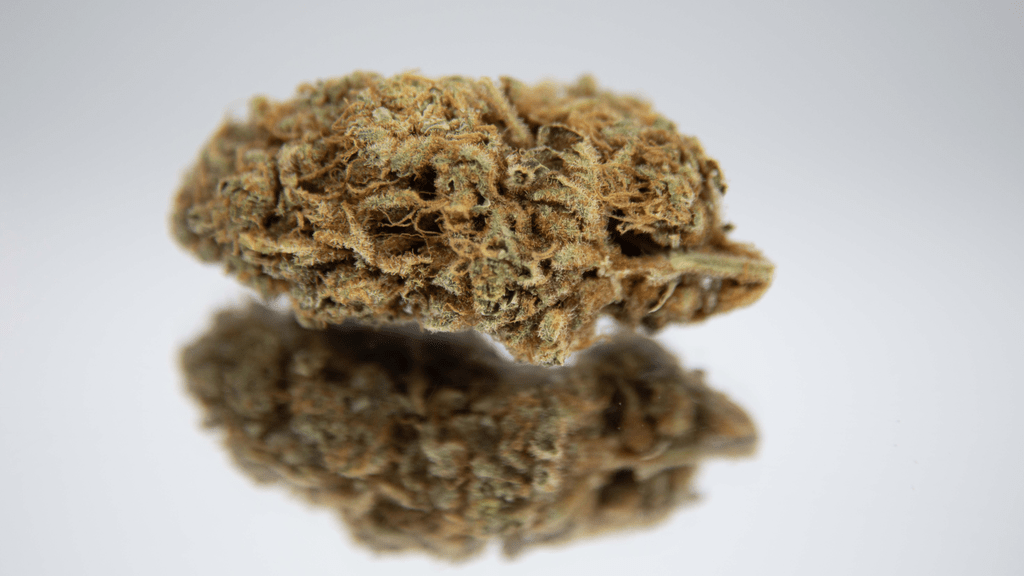Walk into any dispensary today, scroll through a cannabis delivery app, or browse vape oil menus online, and you’ll still see the familiar categories: Indica, Sativa, and Hybrid. For decades, these labels have been the shorthand used by budtenders and consumers alike to predict how a product might make them feel. Indicas were said to relax, sativas were known to energize, and hybrids promised a balance of both. But in 2025, with advanced cultivation, lab testing, and more informed consumers, the question is worth asking: do these labels still carry the same weight, or are they becoming outdated?
The Roots of the Labels
The Indica and Sativa distinction dates back to the 18th century, when cannabis plants were classified based on physical characteristics. Indicas grew shorter and bushier, suited for cooler climates, while sativas thrived in warmer regions with tall, narrow leaves. Over time, these botanical differences were tied to effects, shaping consumer expectations: Indica for “in-da-couch” relaxation, Sativa for creativity and focus.
However, decades of crossbreeding blurred these lines. Today, very few cannabis products are truly pure Indica or Sativa. Instead, most are hybrids that carry genetic influences from both categories.
The Rise of Chemovars and Terpene Science
As cannabis science matured, researchers began focusing less on Indica versus Sativa and more on chemical profiles, or chemovars. These profiles highlight the specific cannabinoids and terpenes in a strain, which are the real drivers of effects. For example, a vape oil rich in myrcene and CBN may promote sedation, while one high in limonene and pinene might feel uplifting and energizing—regardless of whether it’s labeled “Indica” or “Sativa.”
Dispensaries in 2025 are increasingly educating consumers about terpene breakdowns and cannabinoid ratios. Many menus now provide lab results or effect-based guides (“relax,” “focus,” “elevate”) alongside or instead of the traditional categories. Vape oil manufacturers, in particular, are leaning into terpene-forward branding, marketing products as “Citrus Lift” or “Pine Calm” rather than simply “Sativa” or “Indica.”
Consumer Behavior: Old Habits Die Hard
Despite the shift in scientific understanding, consumer behavior tells a different story. Many shoppers still find comfort in the simplicity of Indica, Sativa, and Hybrid. These labels are easy to understand, especially for new consumers navigating a sometimes overwhelming market. Vape cartridges are often chosen quickly—sometimes within seconds—and familiar categories provide a shorthand that guides those impulse decisions.
That said, experienced users and medical patients are becoming more selective. They’re asking about terpenes, THC-to-CBD ratios, and extraction methods for vape oils. In competitive cannabis markets like California, Nevada, and Florida, brands that provide deeper transparency often stand out and win loyalty.
So, Do the Labels Still Matter?
In 2025, the answer is both yes and no. From a scientific perspective, Indica, Sativa, and Hybrid are outdated labels that don’t reliably predict effects. The true story lies in the chemical composition of the plant and how individual bodies respond to it. Yet from a cultural and commercial standpoint, the labels still matter because they provide familiarity and quick navigation in a crowded marketplace.
The Bottom Line
As cannabis continues to evolve, so too will the language used to describe it. For now, Indica, Sativa, and Hybrid remain part of the consumer experience—useful for quick guidance, but not the full picture. For vape oil shoppers looking for the best fit, diving deeper into terpene profiles and lab reports will always provide a clearer path than relying on three labels alone. In short, the categories may not define cannabis anymore, but they aren’t going away just yet.

